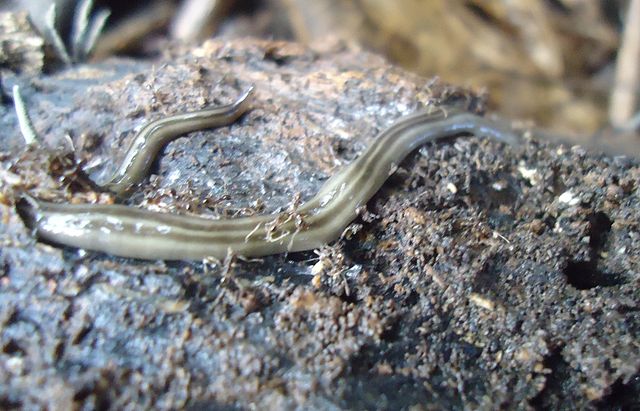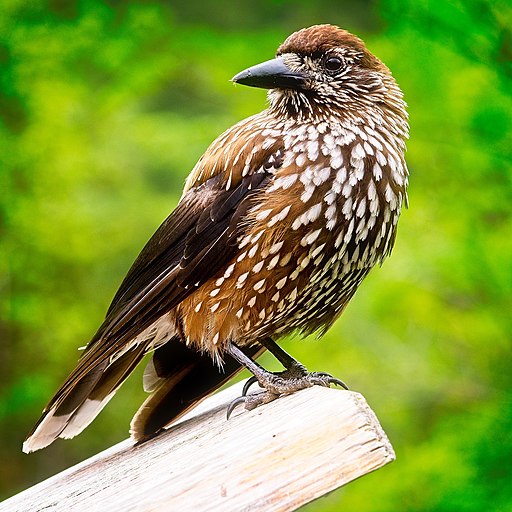Comparative Genomics
Mobile Genetic Elements – novel treasures in unexplored genomes
Institution: Senckenberg Society for Nature Research
Mobile genetic elements (MGEs) are an important component of the more complex genomes. Although originally considered junk DNA, MGEs have been shown to actively contribute to functional elements, genome architecture and dynamics. Mobile genetic elements are capable of moving around in the genome. Most genomes contain significant amounts (10-80% of total genome size) of mobile genetic elements, and these have been found to contribute to genome diversity and adaption. Many organisms lacks in depth screens of their mobile genetic element composition.
In this TBG project, we are using MGEs to investigate the evolutionary history of genomes from very different organisms. In a pilot study, we are investigating the dynamics of MGEs in mammalian genomes generated by TBG. Furthermore, flow cytometry is being used to determine previously unknown genome sizes for the animal phylum Nemertea (cordworms). Subsequently, new long-read based genomes of four species has been sequenced and assembled. The sequencing of Nemertea thus contributes to unlocking genomes of animal phyla that have been poorly studied previously.
Population genomic datasets are also being generated and analyzed for studies on the evolution of MGEs in fish. In doing so, activity profiles of MGEs are generated not only from reference genomes, as has been the case so far, but from population data. This innovative approach has rarely been used for non-model organisms and provides an in-depth understanding of MGE activities.
In further studies, genomes from museum material of crustaceans and birds have been sequenced and analyzed.



TBG Group Members
- Dr. Maria Nilsson (PI)
- Jordi de Raad
- Lennart Gries
GROUP EXPERTISE / METHODS
- Characterization and high-throughput analysis of MGEs using state-of-the-art genome sequencing methods and bioinformatics approaches
- Phylogenomics of entire species ranges
- Long-read sequencing methods
- Genome assembly and annotation
- Speciation and population genomics
Publications
Lammers F, Blumer M, Rücklé C, Nilsson MA (2019) Retrophylogenomics in rorquals indicate large ancestral population sizes and a rapid radiation. Mobile DNA, 10, 5.
Winter S, Prost S, De Raad J, et al. (2020). Chromosome-level genome assembly of a benthic associated Syngnathiformes species: the common dragonet, Callionymus lyra. GigaByte, 1.
von Reumont BM, Lüddecke T, Timm T, et al. (2020). Proteo-transcriptomic analysis identifies potential novel toxins secreted by the predatory, prey-piercing ribbon worm Amphiporus lactifloreus. Marine Drugs, 18(8):E407.
de Raad, J, Päckert, M, Irestedt, M, et al. Speciation and population divergence in a mutualistic seed dispersing bird. Communications Biology (in Bearbeitung).